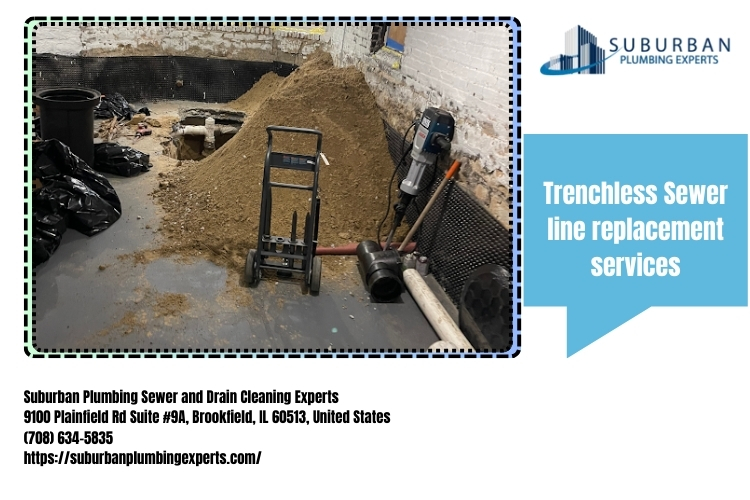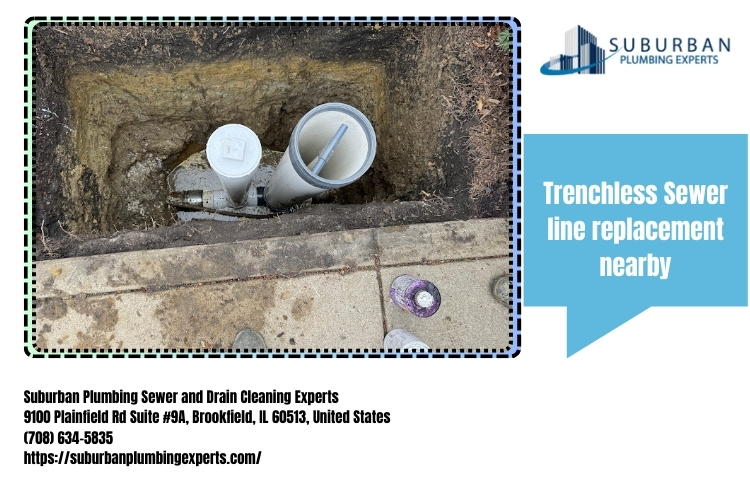Introduction
When it comes to safeguarding your home from water damage, water line installation services https://www.suburbanplumbingexperts.com/?utm_campaign=gmb a sump pump is your first line of defense. Whether you live in an area prone to flooding or simply want to prevent excess moisture from wreaking havoc in your basement, understanding the ins and outs of sump pump installation can save you time, money, and stress. In this comprehensive guide, we will explore everything you need to know about sump pumps—how they work, how to install them, and why calling on Suburban Plumbing Sewer Line and Drain Cleaning Experts for assistance can be beneficial.
What is a Sump Pump?
Definition and Purpose
A sump pump is a device designed to remove water that has accumulated in a water-collecting sump basin. This is usually found in the basements or crawl spaces of homes. The primary function of a sump pump is to prevent flooding by directing excess water away from the foundation of the house.
Types of Sump Pumps
There are two main types of sump pumps:
Submersible Pumps: These are installed underwater in the sump pit and are typically quieter than their counterpart. Pedestal Pumps: These sit above the sump pit and use a long shaft to reach the water. They tend to be more accessible for maintenance but can be noisier.Why Do You Need a Sump Pump?
Prevention of Water Damage
Water damage can lead to serious issues such as mold growth, structural damage, and even pest infestations. A sump pump mitigates these risks effectively.
Insurance Benefits
Many homeowners insurance policies offer lower premiums for homes equipped with sump pumps because they significantly reduce the risk of flood-related claims.
Signs You Need a Sump Pump Installation Near Me
Frequent Basement Flooding
If your basement floods often during heavy rain or snowmelt, it’s time to consider a sump pump installation.
High Humidity Levels
Excess humidity can lead to mold growth. If you notice dampness or musty odors in your basement, a sump pump may help alleviate these issues.
Your Ultimate Guide to Sump Pump Installation: What You Need to Know Before You Start
Tools Required for Installation
Before diving into installation, make sure you have the following tools at hand:
" width="560" height="315" frameborder="0" allowfullscreen>
- Drill Screwdriver Level PVC piping Pipe cutter
Materials Needed for Installation
You’ll also need:
- Sump pump Check valve Sump basin Gravel or sand
Step-by-Step Guide for Sump Pump Installation
Step 1: Choose the Right Location
The ideal spot for your sump pump is usually at the lowest point of your basement or crawl space where water tends to accumulate.
Step 2: Prepare the Site
Clear any debris from the area where you plan to install the sump pit. Dig out enough space for the basin; it should at least be 24 inches deep.
Table 1: Recommended Dimensions for Sump Pit
| Diameter | Depth | |----------|-------| | 18 inches| 24 inches |
Step 3: Install the Sump Basin
Place the basin into the hole you've dug out. Ensure it's level before continuing.
Step 4: Connect Plumbing Lines
Attach PVC piping from your sump pump outlet pipe to direct water away from your foundation. Make sure there’s a check valve installed as well.
Step 5: Set Up Electrical Supply
Ensure that you have an accessible power outlet nearby; if not, consult with an electrician before proceeding further.
Sump Pump Testing and Maintenance Tips
Regular Testing Schedule
Test your pump monthly by pouring water into the pit; ensure it activates properly.
Check Battery Backup Systems
If applicable, make sure battery backup systems are functional in case of power outages during storms.
FAQs About Sump Pump Installation
FAQ 1: How much does it cost for professional sump pump installation?
The cost varies based on location and complexity but generally ranges between $1,000 - $3,000.
FAQ 2: How often should I replace my sump pump?
Sump pumps typically last about 5–10 years; however, regular maintenance can extend their lifespan.
FAQ 3: Can I install a sump pump myself?
While DIY installation is possible, hiring professionals like Suburban Plumbing Sewer Line and Drain Cleaning Experts ensures proper setup and compliance with local codes.
FAQ 4: What should I do if my sump pump fails?
Immediately check for clogs or power outages. If problems persist, consult with a professional for repairs or replacement options available near you.
FAQ 5: Is waterproofing necessary if I have a sump pump?
While having a sump pump reduces risk significantly, additional waterproofing measures can provide extra protection against leaks and moisture intrusion.
FAQ 6: Do all homes need a sump pump?
Not all homes require one; however, if you experience frequent moisture issues or live in flood-prone areas, it's advisable.

Conclusion
In summary, understanding how to properly install and maintain a sump pump is crucial for protecting your home from potential water damage. With proper planning and execution—or expert help from professionals like Suburban Plumbing Sewer Line and Drain Cleaning Experts—you can ensure peace of mind knowing that your home's foundation is secure against flooding risks.
Contact Us
Suburban Plumbing Sewer Line and Drain Cleaning Experts
Address: 9100 Plainfield Rd Suite #9A, Brookfield, IL 60513, United States
Phone: (708) 634-5835

" width="560" height="315" frameborder="0" allowfullscreen>
This guide provides extensive information about every aspect related to installing a sump pump—from its necessity and benefits down through detailed steps on how it works—all while incorporating professional perspectives on seeking help when needed!